Gold price waits for rates clues from Jackson Hole
Political turmoil in the US has the potential to 'help gold in the short and longer term'
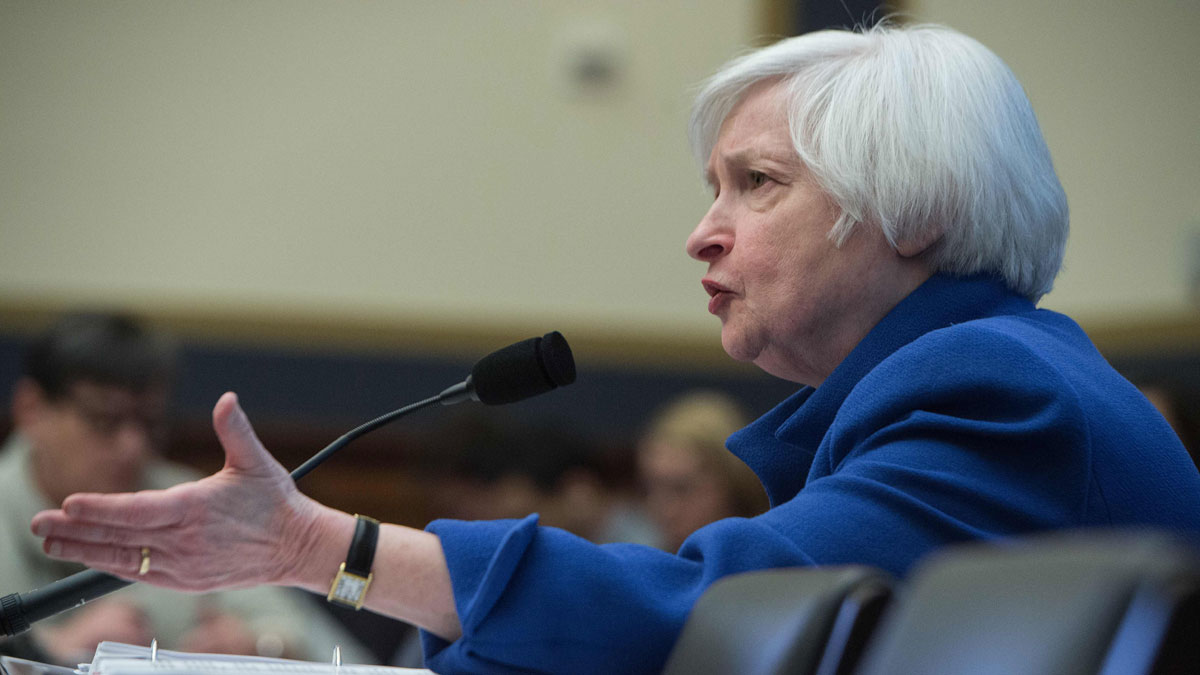
Gold price hits another post-Trump election high
12 April
The gold price surged almost two per cent yesterday to hit a session high of $1,275 an ounce - its highest level since the election of Donald Trump last November.
Spot prices settled at around $1,273 an ounce and remained at this level in London trading this morning.
The Week
Escape your echo chamber. Get the facts behind the news, plus analysis from multiple perspectives.

Sign up for The Week's Free Newsletters
From our morning news briefing to a weekly Good News Newsletter, get the best of The Week delivered directly to your inbox.
From our morning news briefing to a weekly Good News Newsletter, get the best of The Week delivered directly to your inbox.
Trump's election success saw a brief bout of "safe haven" buying of gold, but then trading was hit by the so-called "Trump trade", with its expected boost to growth, inflation and so interest rates.
A demand for safety is once again fuelling prices, this time the increase in geopolitical tensions around the world.
Following the US air strikes in Syria last week, discussions at the G7 summit in Italy and elsewhere in the world yesterday saw political leaders "push to isolate Syrian president Bashar al-Assad", says Reuters, leading to fears of an escalation of the conflict
Added to that, North Korea's state media said it would respond to any act of aggression by the US with a nuclear strike, says CBC.
A free daily email with the biggest news stories of the day – and the best features from TheWeek.com
In response, Trump announced he was sending an "armada" of "very powerful" military vessels to the Korean peninsula, adds the Financial Times.
In a series of tweets, the US President said North Korea was "looking for trouble" and that if China did not help find a solution, "we will solve the problem without them".
Lastly, says Reuters, there is underlying tension over the upcoming presidential elections in France, which could yield a victory for the anti-EU far-right candidate Marine Le Pen.
Despite this, gold's rally could be hard to sustain as it "lacks momentum", Jeffrey Halley, senior market analyst at Oanda Corporation, told Reuters.
If the geopolitical tensions ease in the coming days and gold falls below $1,240 again, this could "prelude a deeper correction", he warned.
Gold price falls 'suddenly and sharply'
10 April
US jobless figures add to speculation Federal Reserve will increase rates
Last week the gold price touched its highest level since Donald Trump won the US presidential elections in November, but then dropped "suddenly and sharply", according to Business Insider.
The gold price rose on the back of market unrest following the US air strikes launched on a Syrian government military target on Thursday evening, amid fears the conflict could escalate.
Trump indicated that the retaliatory strike would not be followed up with rapid further action when he "called on the Syrian government to abide by agreements not to use chemical weapons", says Business Insider.
Spot gold had gone as high as $1,270 an ounce, but it ended the session closer to $1,255.
In London today the gold price fell further. By around 2pm in afternoon trading it was below $1,250 an ounce, erasing all of the Syria-linked gains, says Daily FX.
The focus shifted once again to increasing market bets that the Federal Reserve would accelerate the pace of interest rate rises.
US jobless data published on Friday appeared dovish at first, but Daily FX says it's now viewed hawkishly by traders who believe the Fed will see the economy moving towards "full employment".
It adds: "While the headline payrolls gain was far smaller than economists expected, the jobless rate fell even as labour force participation held steady and wage inflation remained near eight-year highs.
"On balance, traders seemed to read that as signaling the approach of so-called 'full employment' rather than something worrisome."
Full employment means there is no spare capacity to fill vacancies because unemployment is low and those out of work do not have the requisite skills for the roles that need filling.
In a society with full employment, the price of labour can increase and push up inflation, building up pressure to introduce higher interest rates.
Gold tends to be inversely correlated to the trend in real interest rates – that is, borrowing costs adjusted for inflation – as it offers no income and so loses ground to yield-bearing assets.
Trader attention is likely to focus on a speech by Fed chair Janet Yellen this week in which she could give further hints as to the pace of rate increases and the end of the central bank's bond-buying programme.
Gold price at post-election high amid market unrest
07 April
The gold price is up more than one per cent this morning to reach its highest level since the US presidential election last year as the markets react to geopolitical events.
In particular, US President Donald Trump's overnight air strikes against Syria have ratcheted up fears of a broader Middle East conflict, while Investing.com says his summit with Chinese leader Xi Jinping is being "closely watched by investors" for fear that a "negative outcome could hit China-US trade relations".
Spot gold was up in excess of 1.1 per cent to $1,264 an ounce in London. It had risen above $1,260 an ounce yesterday, but pared gains following the publication of reports from the US Federal Reserve and Labor Department that were viewed as hawkish.
The Fed released minutes of its March policy meeting, which hinted at a rates rise in June and indicated that its quantitative easing bond-buying programme would be unwound "later this year".
That all points to tighter monetary policy, which is good for the dollar but bad for gold, against which the currency is negatively correlated.
In addition, an estimate of jobless claims by the Labor Department showed a faster-than-expected fall of 25,000 to a total of 234,000 claimants last week.
This also supports the case that the economy is enjoying "full employment" and that rate rises, which typically weigh on non-yielding gold, will come sooner.
While focus is on the military tensions now, later today sees the publication of monthly employment figures in the US which could impact investor sentiment again.
Gold price 'could hit $1,485 an ounce' this year
31 March
Analysts predict political risks including Brexit and the Trump presidency will boost demand for precious metal
The gold price will rise and average above its current level for 2017 as a whole, according to two separate analyst reports.
One of them even speculates on a plausible scenario where trading soars to $1,485 an ounce before the end of the year, says Bullion Vault.
This particularly bullish forecast came from Metals Focus, whose base case is for gold to rise from where it is now and to average $1,285. Spot gold was highly volatile in London on Friday at around $1,246 an ounce.
Metals Focus believes "political risks such as Brexit, the new US Trump presidency's 'saber-rattling' with China, European elections and ongoing conflict in the Middle East" will boost safe-haven demand for gold this year.
Added to that, "interest rates from the US Federal Reserve will remain 'gold friendly' by failing to keep pace with inflation", says Bullion Vault.
However, to get from this base case to the higher prediction will take a "political or economic shock", it adds.
Analysts at Reuters give a similarly strong forecast, saying: "Buying of gold as a haven from risk, plus a recovery in Indian buying, are likely to push prices to an average $1,259."
Until recently, analysts believed gold might struggle this year due to rising rates that boost the value of income-yielding assets and a lift to growth from Donald Trump's tax cuts and spending plans.
However, in recent weeks the so-called "Trump trade" has unravelled as his policy agenda has run aground in Congress, giving gold fresh impetus.
Gold price hits one-month high after Donald Trump's 'spectacular failure'
27 March
Collapse of US President's healthcare bill raises questions over promised tax reforms and infrastructure spending
Gold has been one of the main beneficiaries of a market correction following Donald Trump's policy agenda running into Republican divisions in the Senate, rising by 0.9 per cent today to $1,259 – the highest it has been in a month.
On Friday, the US President and his House of Representatives speaker Paul Ryan pulled the controversial healthcare bill they had planned to replace "Obamacare", long a bete noire of Republicans.
Repealing Obamacare was a major campaign pledge for Trump and the failure to see the legislation go through reflects deep-rooted divisions in the Republican Party, which analysts say could rise again to derail other promises on tax reform and spending.
Saxo Bank's Ole Hansen told Reuters: "Trump's spectacular failure to get his… bill through Congress raises concerns about his ability to achieve his goals on other policies.
"With stocks, the dollar and bond yields lower and geo-political risks on the rise, gold may stand out as the commodity of choice."
Trump's promise of up to $1trn of infrastructure spending and widespread deregulation sent risk assets surging after he was elected in November, with the dollar in particular rising to 14-year highs at the end of last year.
But doubts have crept in over recent weeks and the currency has tumbled. The Financial Times says "the so-called Trump trade is nearing the point of being fully unwound".
Concern the President's agenda could unravel at a critical time for the economy, which has been recovering steadily in recent months, has rekindled "safe haven" demand and drawn money away from equities towards bonds and commodities, with the Dow Jones down more than 500 points to 20,597 since the beginning of this month.
This is all positive news for gold, which is inversely correlated to the dollar and equities, the most popular safe haven on wider markets. If the economy suffers, it is likely that interest rate rises, which diminish the value of the non-yielding metal, will come more slowly.
Rodrigo Catril, forex analyst for National Australia Bank, said: "The Trump-specific boost to the US dollar and commodity prices… is at risk of completely unwinding."
-
 How your household budget could look in 2026
How your household budget could look in 2026The Explainer The government is trying to balance the nation’s books but energy bills and the cost of food could impact your finances
-
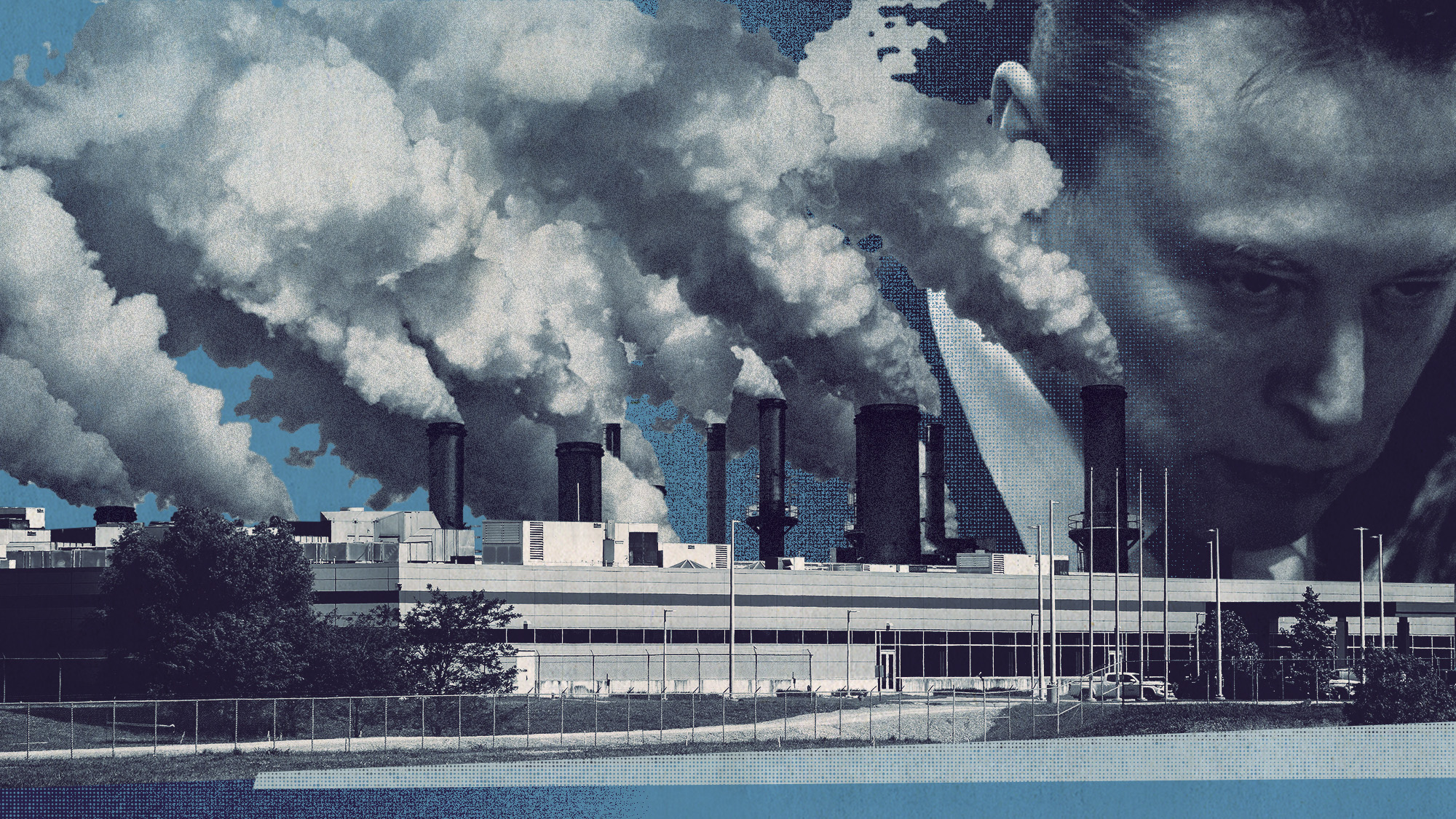 Inside a Black community’s fight against Elon Musk’s supercomputer
Inside a Black community’s fight against Elon Musk’s supercomputerUnder the radar Pollution from Colossal looms over a small Southern town, potentially exacerbating health concerns
-
 Codeword: December 4, 2025
Codeword: December 4, 2025The daily codeword puzzle from The Week
-
 What a rising gold price says about the global economy
What a rising gold price says about the global economyThe Explainer Institutions, central banks and speculators drive record surge amid ‘loss of trust’ in bond markets and US dollar
-
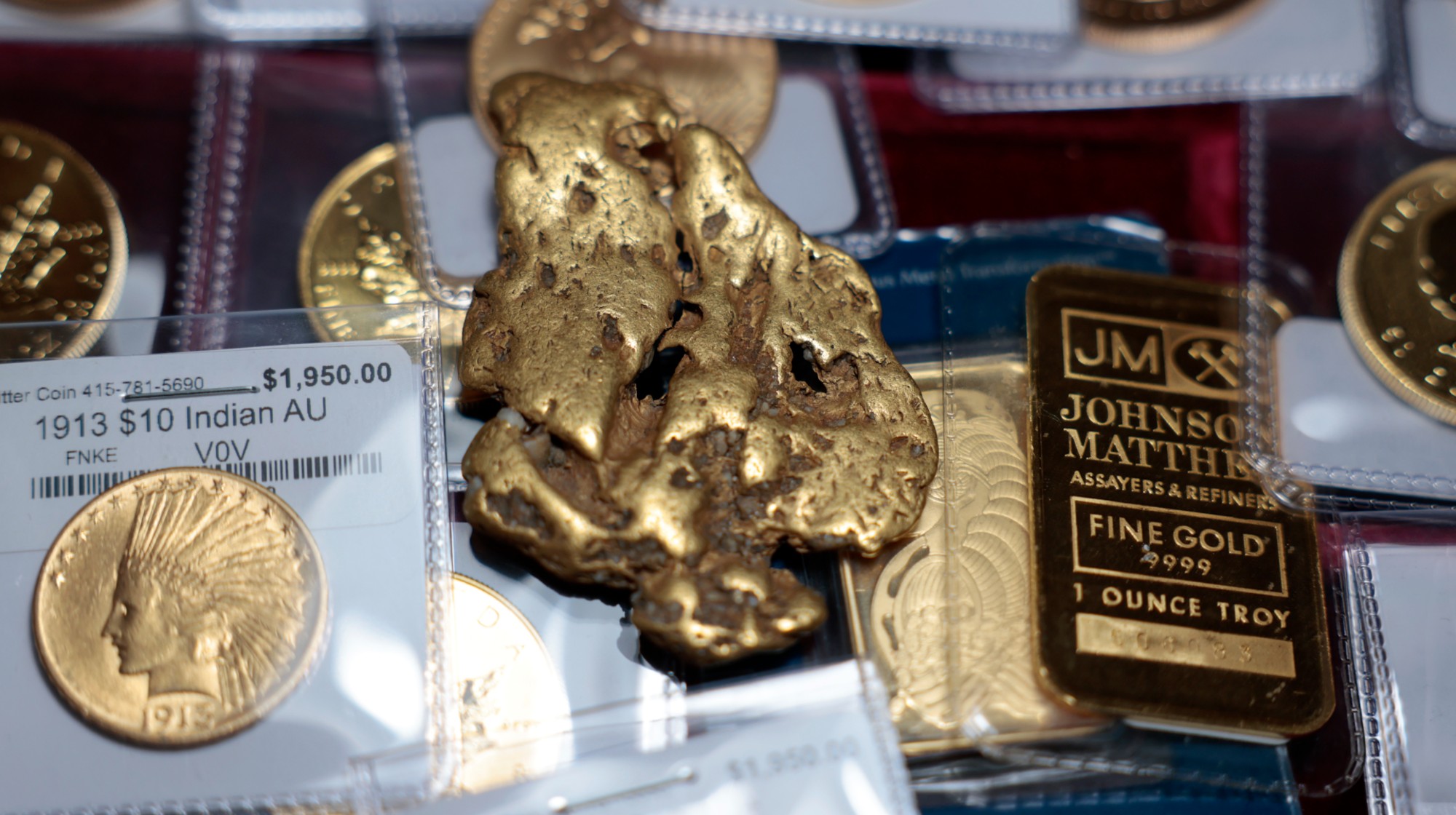 Gold tops $4K per ounce, signaling financial unease
Gold tops $4K per ounce, signaling financial uneaseSpeed Read Investors are worried about President Donald Trump’s trade war
-
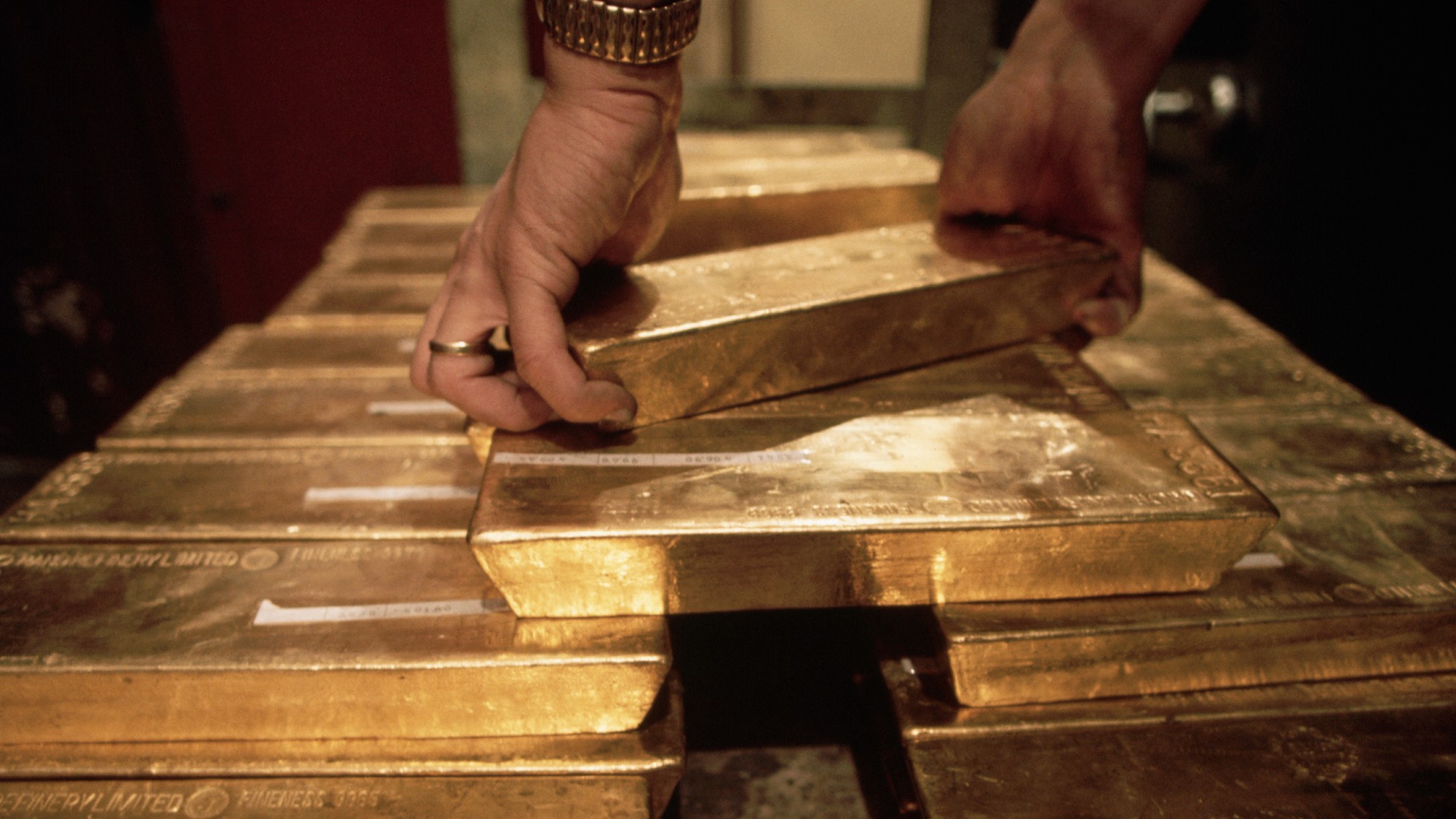 Safe harbor: Gold rises as stocks sink
Safe harbor: Gold rises as stocks sinkfeature It's a golden age for goldbugs
-
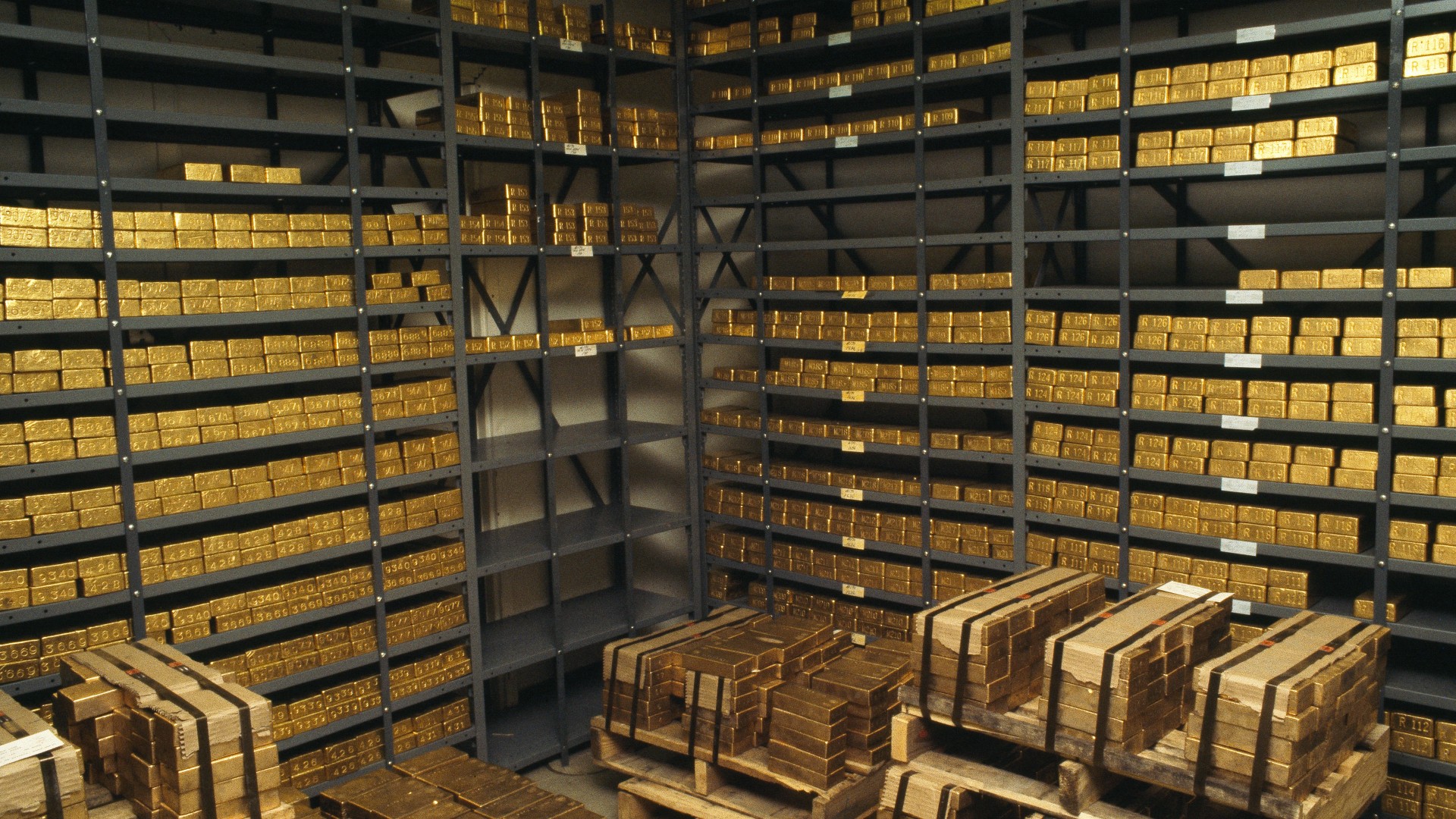 What rising gold prices can tell us about the economy in 2024
What rising gold prices can tell us about the economy in 2024The Explainer Market hits all-time high, boosted by a weakening US dollar and rising global tensions
-
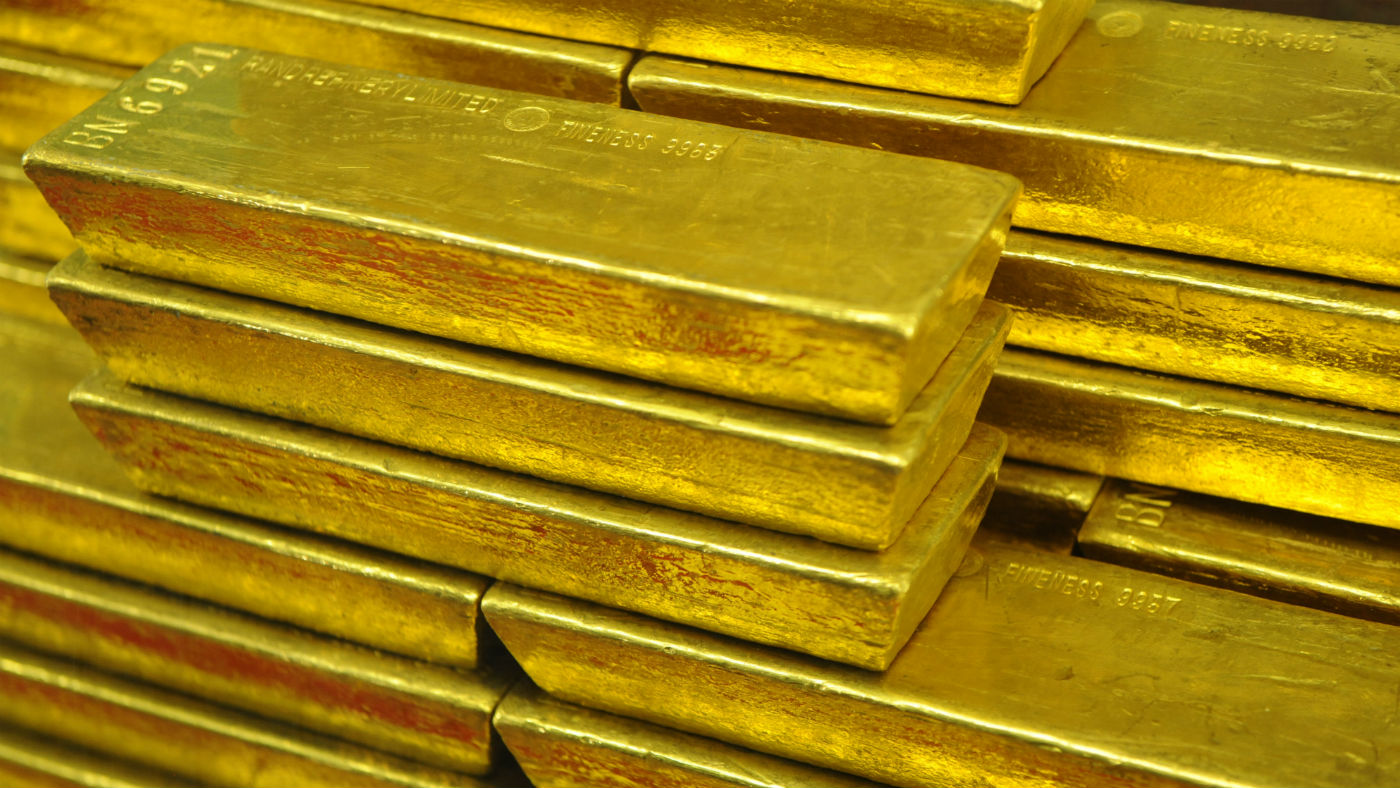 Gold’s ‘flash crash’: what the experts think
Gold’s ‘flash crash’: what the experts thinkfeature Bad news, good news and a loss of faith
-
 What is the price of gold and when is best to buy?
What is the price of gold and when is best to buy?Speed Read Economic and geopolitical uncertainty traditionally drives investors to reliable metal markets